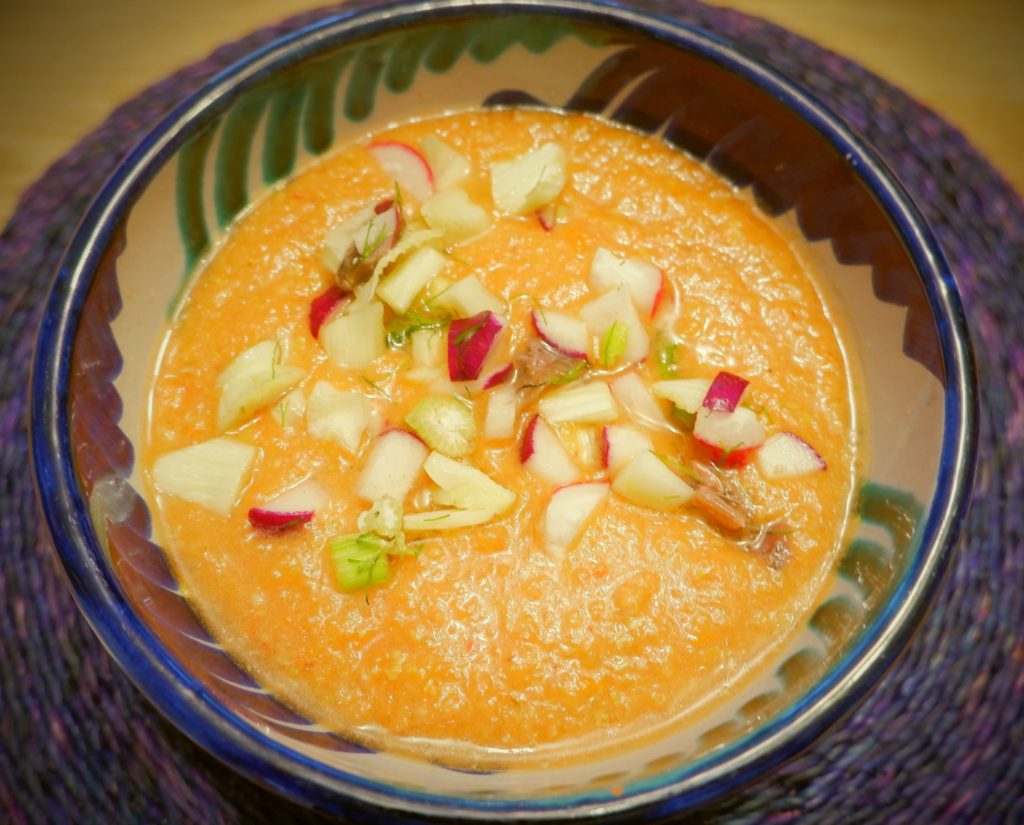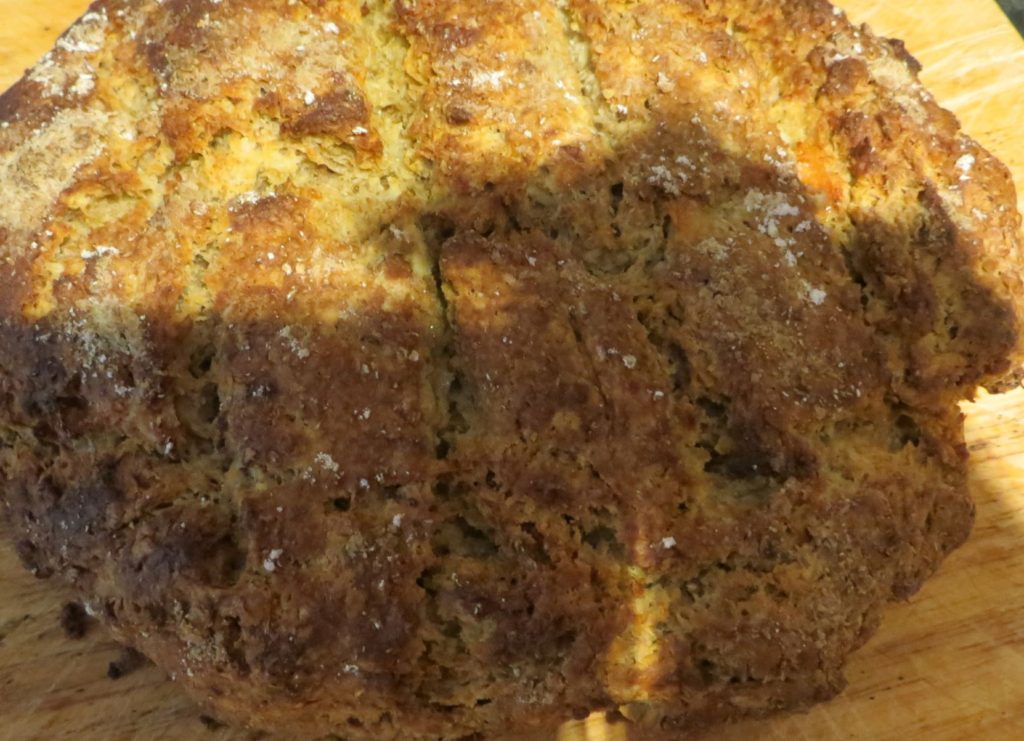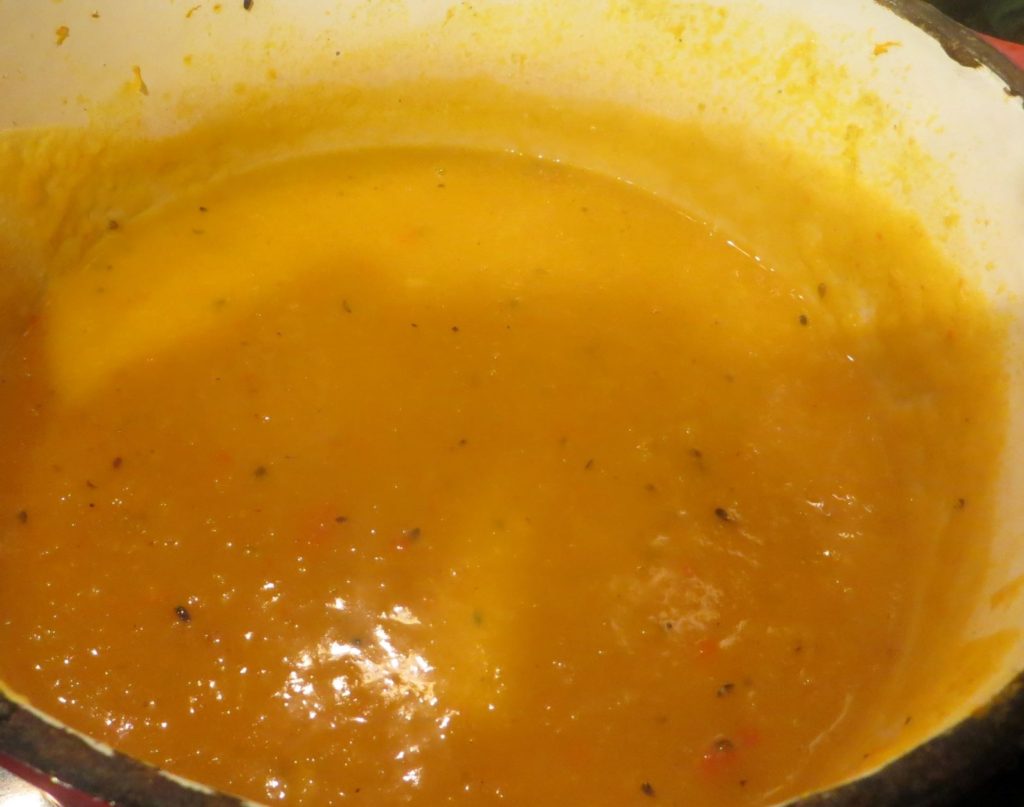
I, along with thousands of others, decided to enter the Platinum Pudding competition run by Fortnum and Mason, to celebrate this great landmark in our Monarch’s reign. I am not usually one for competitive cooking, but as all I needed to do was to have fun creating a pudding recipe in the comfort of my own home, it seemed a fairly stress-free challenge.
My pudding was inspired by the Queen’s love of her Scottish home Balmoral. A few years ago we were on a tour of the Outer Hebrides, over the month of August. One day we drove through a place called Glen Brittle on the Isle of Skye. I remarked to Paul that it sounded like a breakfast cereal! I immediately started creating a breakfast bar recipe, the main ingredients of which were oats and pine nuts. I did make these and had ideas of grandeur and trying to sell them online, but this would be very complex.
Hence when I came to devise my Platinum Pudding recipe, I thought that it would be fun to use the Glen Brittle as a a base for a cheesecake. I decided that I would have to include raspberries, as they are so symptomatic of Scotland and that great pudding Cranachan. Plain chocolate would have to be in there somewhere, as some quick research indicated that Her Majesty loves very dark chocolate. The pudding is designed to be one for summer, when the main Platinum celebrations will be taking place. I would not normally buy out of season raspberries, but had to on this occasion for the purposes of testing the recipe in February!
I had a very warm and friendly e-mail from Fortnum and Mason telling me that I had not reached the shortlist. I really appreciated hearing back from them.
So here is my recipe which I am sharing with you today. It will not be widely available (in fact not at all!) in the shops, so you may like to try it for yourselves. I congratulate, in advance, the winner of the competition and look forward to trying the winning recipe!
70g Oats
65g pine nuts
25g pumpkin seeds
87g butter
62g soft brown sugar
1 tab golden syrup
325g full fat cream cheese
175ml double cream
75g caster sugar
zest of a lemon, juice of half
1/2 tsp vanilla extract
160g fresh raspberries
1 tab cassis liqueur or similar
60g plain chocolate
gold edible spray
Make a flapjack base by melting 62g butter, brown sugar and syrup. Then bubble slightly, stir in the oats, 40g pine nuts and pumpkin seeds. Bake for 12 minutes at 180 degrees C in a parchment lined loaf tin (size not important as it gets bashed up later on!)
Cool the Glen Brittle flapjack then bash it up in a bag with a rolling pin. Melt the other 25g butter and mix in the crumbs. Press this into a 20cm parchment lined springform cake tin and bake for 5 minutes to firm up.
Whisk the cream, lemon, vanilla and caster sugar to soft peaks, then whisk in the cream cheese. Spread this over the cooled Glen Brittle base. Chill for an hour or so.
Make some chocolate bark by melting the chocolate in a basin over a pan of simmering water (don’t let the basin touch the water). Spread into a small rectangle on baking parchment (about 7 x 3cms). Cool for few minutes then spray with a little gold. Chill until firm.
Toast the remaining 25g pine nuts in a frying pan over a low heat. Bash up half of the raspberries in a pan over a low heat with the cassis. Strain through a metal sieve.
Assemble your Glen Brittle Cheesecake!
Turn the cheesecake out onto a plate, removing the paper carefully. Put the rest of the raspberries on the top, drizzle with the raspberry coulis, sprinkle over the pine nuts. Break the chocolate bark into shards and arrange decoratively over the top.
Eat!



































